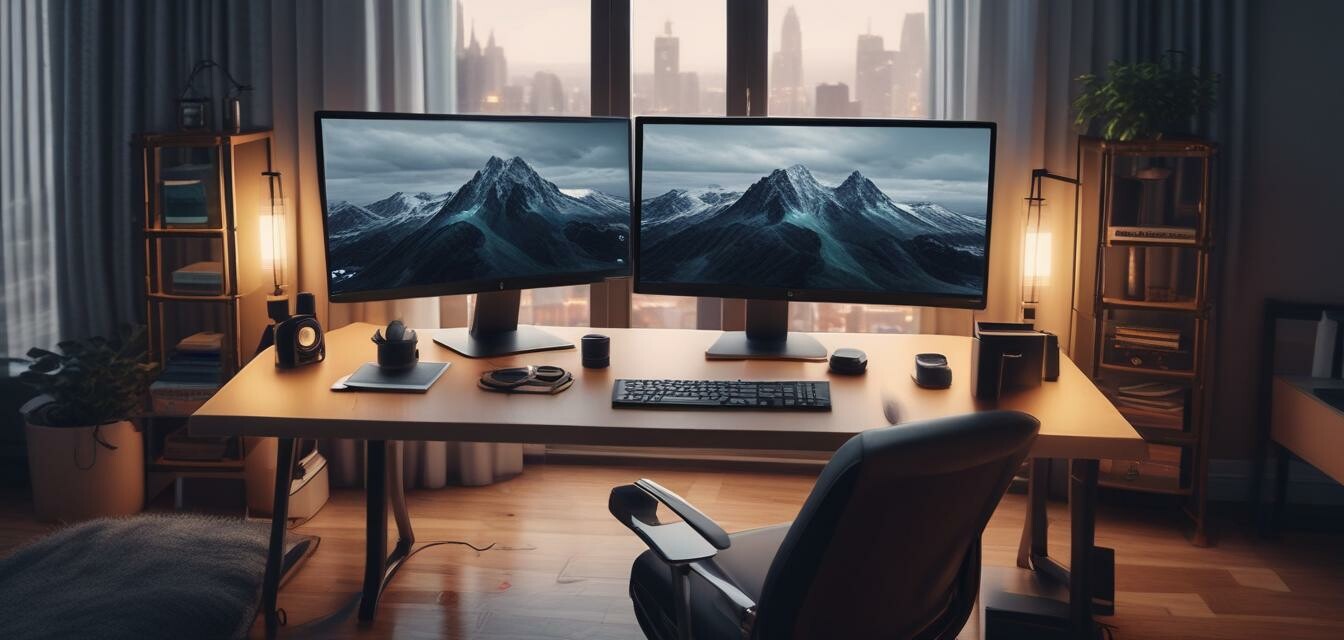
How remote work is shaping office furniture design
- Remote work has spurred a demand for ergonomic and adaptable furniture.
- Design trends favor multifunctionality to maximize productivity.
- Innovative technology is being integrated into furniture for seamless connectivity.
- Sustainability is becoming a critical factor in furniture materials and production.
- Companies are focusing on home office aesthetics to promote employee satisfaction.
The shift towards remote work has significantly influenced various sectors, with office furniture design emerging as a primary area of change. As many companies embrace flexible work arrangements, the demand for smart, adjustable, and stylish home office solutions is on the rise. This article analyzes how the trend of remote work is reshaping the design and functionality of office furniture.
The rise of ergonomic furniture
One of the most significant influences of remote work on office furniture design has been the demand for ergonomic solutions. With employees spending extended hours at their desks, furniture that promotes comfort and reduces strain is now essential.
| Feature | Benefits |
|---|---|
| Adjustable desks | Allows users to switch between sitting and standing frequently to improve posture. |
| Ergonomic chairs | Supports the lower back, promoting proper spinal alignment. |
| Footrests | Encourages a more natural position of the legs while sitting. |
Many people working from home have suffered from discomfort due to improper desk setups. Consequently, businesses are incorporating ergonomic elements into their designs, ensuring they cater to the requirements of remote workers. This is why understanding ergonomic accessories is crucial for optimizing your home office.
Multifunctionality: A necessity for the modern workspace
As the line between home and office blurs, the need for versatile furniture has increased. Multifunctional designs allow for better use of space, making them a necessity for remote workers who may have limited areas to dedicate to their office.
- Desks with built-in storage: Keep your workspace organized and decluttered.
- Convertible furniture: Items that can transform from a desk to storage or a meeting space.
- Furniture on wheels: Offers flexibility to reconfigure your workspace easily.
Integration of technology
With technology playing a central role in today's work environment, furniture designs must adapt accordingly. Many pieces now feature space for cable management and integrated charging ports, enhancing the connectivity needed for remote work.
| Type of Furniture | Technology Integration |
|---|---|
| Desks | Inbuilt charging stations and USB ports for easy access. |
| Chairs | Bluetooth speakers integrated into headrests. |
| Storage units | Smart locks and climate control for sensitive materials. |
Such advancements help enhance productivity while working from home, creating a seamless transition between different devices and work setups. For more insights on the latest gadgets that can elevate your home office, check out our Cool Gadgets page.
Sustainability in office furniture design
Another prominent trend in office furniture design is an increased focus on sustainability. Many companies are responding to consumer demand for environmentally friendly products.
- Recycled materials: Construction of furniture from post-consumer waste.
- Biodegradable substances: Use of materials that can decompose without harming the environment.
- Locally sourced materials: Reduces the carbon footprint associated with transporting goods.
As remote work continues to grow, sustainable choices become increasingly relevant. Many remote workers now prioritize a workspace that aligns with their values! For tips on sustainable design, check our DIY Tips and Tricks section.
The importance of aesthetics
With remote work becoming commonplace, companies now recognize the significance of a visually appealing home office. Aesthetic considerations bring personality and create an inviting workspace that enhances creativity and focus.
Elements of a visually appealing home office
- Color schemes: Choose colors that evoke calm and focus.
- Art and decor: Personal touches can make a workspace feel more welcoming.
- Natural lighting: Position your desk near windows to improve lighting and mood.
Investing in aesthetically pleasing office furniture can translate to better productivity at home. Companies also strive to ensure their designs enhance the home office experience and resonate with the needs of remote workers. To learn more about enhancing your setup, visit our Buying Guides section.
Conclusion
Remote work is radically reshaping the world of office furniture design. Ergonomics, multifunctionality, technology integration, sustainability, and aesthetics are now no longer optional but essential aspects of furniture design. As we continue to adapt to this changing landscape, the role of office furniture in enhancing worker productivity and satisfaction will become increasingly significant.
Pros
- Improved productivity through ergonomic designs.
- Flexible workspace options that cater to varied needs.
- Access to integrated technology for better connectivity.
Cons
- Higher costs associated with quality ergonomic furniture.
- Overwhelming options available can lead to decision fatigue.